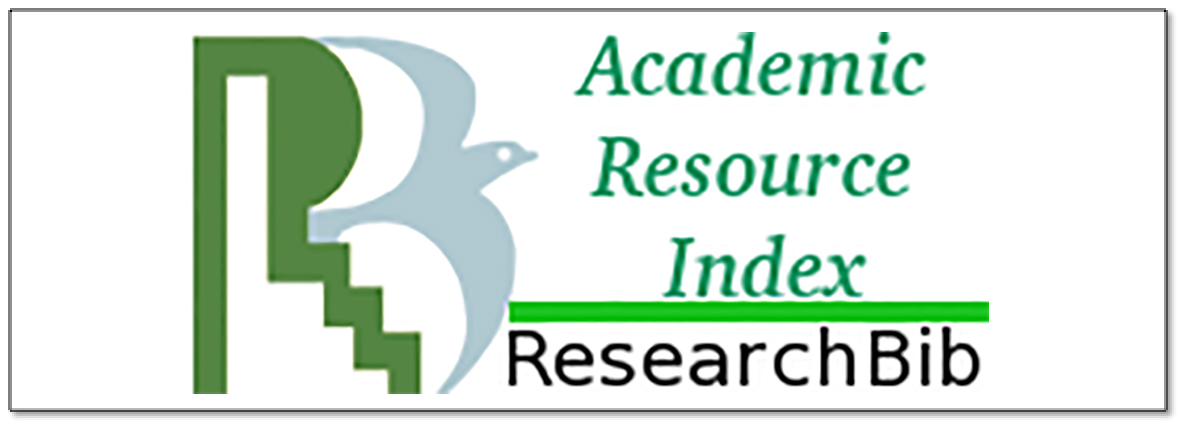SUSTAINABLE INNOVATIVE MATERIALS FOR INTERIOR ARCHITECTURE USING BIOMIMICRY
Abstract
Over the years, man has been on a quest to discover solutions to challenges facing the world. Biomimicry is among the emerging discoveries which offer a lot of potential for solutions to world environmental challenges, especially in the area of sustainability. This paper reviews some ways in which biomimicry has been sustainably applied in interior architecture. A number of plants and animals were identified as models whose natural characteristics have been mimicked and applied to interior spaces. Among the specimens identified is the shark whose skin has been used as biomimetic model for a germ resistant surface material. The samples presented in this paper are sustainable and offer good options for addressing environmental challenges. This paper thus calls for more research to be done with a view to finding other sustainable biomimetic innovations which can be applied to our interior spaces.
References
[2] Benyus, J. (2009). Biomimicy - Innovation inspired by nature. New York: Harper Collins.
[3] Benyus, J. (1997). Biomimicry-Innovation inspired by nature. New York; harper Collins
[4] Yurtkurana, S., Kırlı, G., Taneli, Y. (2013). Learning from Nature: Biomimetic Design in Architectural Education. Social and Behavioral Sciences 89, pp 633 – 639
[5] El-Zeiny R.M.A. (2012). Biomimicry as a problem solving methodology in interior architecture Social and Behavioral Sciences 50, pp 502 – 512
[6] Freeman, R. (2015, July 30). Geckos, Human Skin and Whale Fins: How Biomimicry Inspires Green Building. Retrieved 31/12/2016 from https://www.poplarnetwork.com/news/geckos-human-skin-and-whale-fins-how-biomimicry-inspires-green-building
[7] Genzer, J., & Marmur, A. (2008). Biological and synthetic self-cleaning surfaces. MRS Bulletin, 33.
[8] Das, S., Bhowmick, M., Chattopadhyay, S.K., & Basak, S. (2015). Application of biomimicry in textiles. Current Science, 109 (5).
[9] Hu, R. (2015). 3 Trends in biomimicry. Retrieved January 3, 2017, from http://www.interiordesign.net/articles/11109-3-trends-in-biomimicry/
[10] Hu, R. (2013). Beijing design week 2013 Wuhao presents new work by Mian Wu and climatology by the Fabrick lab (a.k.a. Elaine Ng Yanling). Retrieved 30/12/2016 from http://www.core77.com/posts/25631/Beijing-Design-Week-2013-Wuhao-Presents-New-Work-by-Mian-Wu-n-Climatology-by-the-Fabrick-Lab-aka-Elaine-Ng-Yanling
[12] Geckskin. Retrieved 30/12/2016 from https://geckskin.umass.edu/
12.Buczynski, B. (2013, February 02). Eco-friendly House Paint inspired by the self-cleaning lotus flower. Retrieved 03/01/2017 from http://ecosalon.com/eco-friendly-house-paint-self-cleaning-lotus-flower/
[13] Treacy, M. (2012, May 3). Color-Changing Squid Inspire Technology that Could finally get Us That Invisibility Cloak. Retrieved 04/01/2017 from http://www.treehugger.com/biomimicry/color-changing-squid-could-inspire-smart-clothing.html
[14] Jacoby, M. (2016). Strain- induced color changes in biomimetic materials. Concentrates, 94 (29), pp 9.
[15] Bonanate, L. (2015, July 31). Biomimicry: Designs By Nature. Retrieved 28/12/2016 from http://greenhomenyc.org/blog/biomimicry-designs-by-nature/
[16] Doan, A. (2012). Building in Zimbabwe Modeled After Termite Mounds. Biomimetic Architecture: Green
[17] Rankouhi, A.R. (2012). Naturally Inspired Design Investigation into the Application of Biomimicry in Architectural Design. Master of Architecture, The Pennsylvania State University.
[18] Zari, M. P. (2007). Biomimetic Approaches to Architectural Design for Increased Sustainability. Paper presented at the SB07 NZ Sustainable Building Conference, Auckland, New Zealand.
[19] Lebkuecher, J., W. Eckmeier (1993). Physiological Benefits of Stem Curling for Resurrection Plants in the Field. Ecology. 74 (4): 1073–1080.
[20] Royall, E. (n.d.). Defining Biomimicry: Architectural Applications in Systems and Products
[21] Mosaberpanah, M. A., & Khales, S. D. (2013). The Role of Transportation in Sustainable Development. In ICSDEC 2012: Developing the Frontier of Sustainable Design, Engineering, and Construction (pp. 441-448).


























1.gif)
